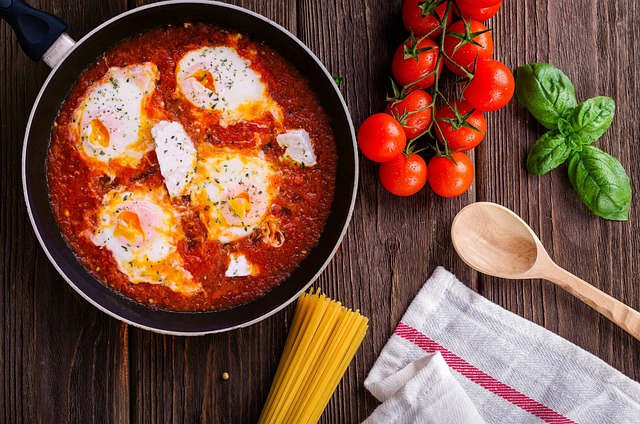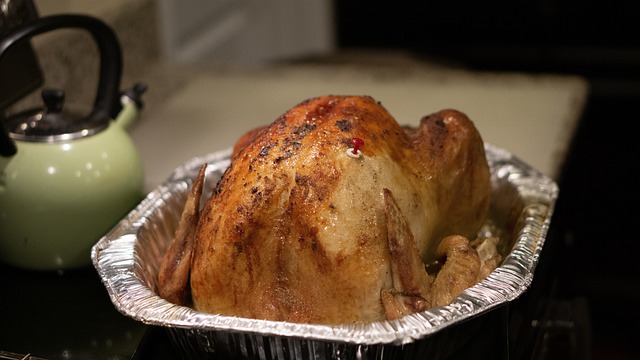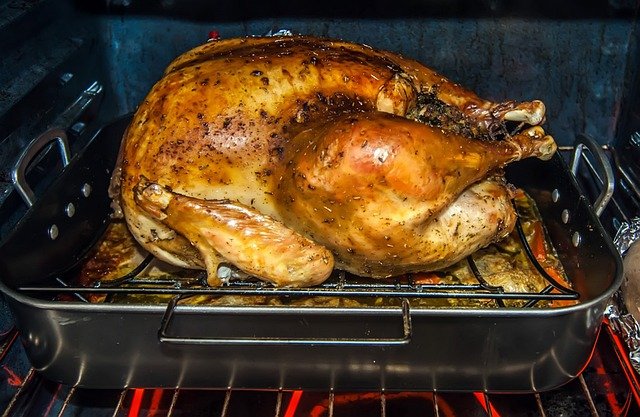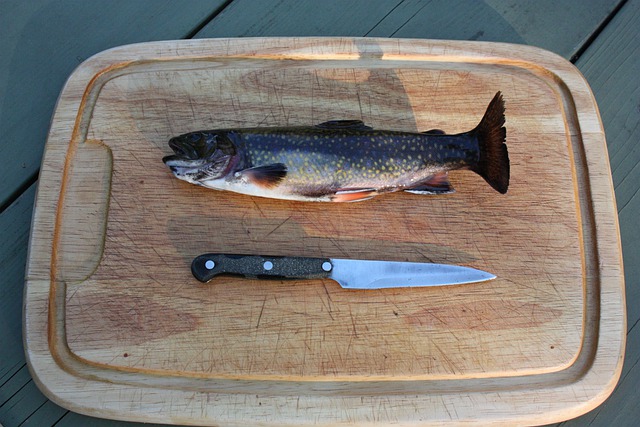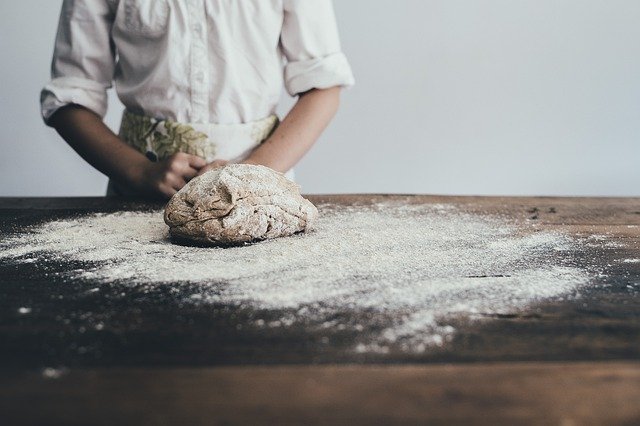If you want to elevate your cooking skills to a new level and add a whole lot more to your gastronomy repertoire, learn how to make a simple pan sauce. With this technique in your cooking bag of tricks, you can turn a simple pan-fried steak into a mouth-watering meal, a plain boneless chicken breast into a delicious feast, or a modest pork chop into a scrumptious banquet. Ok, maybe I’m stretching a bit but check this out.
Restaurants chefs use this technique all the time. Basically they cook something in a sauté pan over pretty high heat until it’s done and leaves a bunch of brown caramelize bits of “stuff” in the pan. You look at this “stuff” in the pan and say to yourself, “Now how am I going to clean this ‘stuff’ off the pan? What a mess! I wish I had used a non stick pan.”
The “stuff” has a name, it’s called “fond” and you want that “fond” stuck to your pan because it is packed with incredible flavors. It’s also easy to remove by adding a little liquid to the pan and using a wooden spoon to dissolve it. This is called deglazing and can be done with wine, brandy, fortified wines, stock, cider, fruit juices or most typically a combination of two. Just be careful if you use wine to remove the pan from the heat so the alcohol doesn’t ignite and blow up in your face. I’ve spoken with chefs who have seen this happen.
The next steps are to continue to cook the liquid in the pan until it is reduced by half and finish by adding several pats of butter to thicken and enhance the flavor of the sauce. If you ever knew how much butter professional chefs use in restaurants to “enhance” flavor, you would be amazed. I sometimes think they make their dishes too rich because I get that uncomfortable “too full” feeling later on, but then again, it’s so good while you’re dining. Now those are just the basics.
To create more complexity to the sauce you’ll want to add some aromatics like garlic or shallots for a subtle but additional layer of flavor. Then you might want to add some additional ingredients such as mushrooms, mustards, chutneys, herbs and/or spices to give even more complexity and flavor.
For more information on making classic and quick pan sauces at home including what kind of pan to use, how much deglazing liquid to use and two example recipes for the same sauce, one classic and the other quick go to http://www.reluctantgourmet.com/pan_sauces.htm
